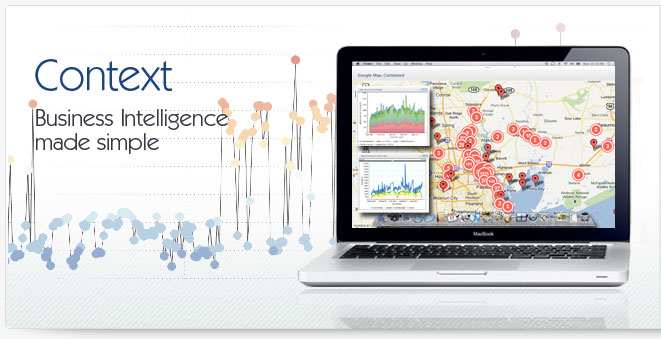Business Intelligence Crystal Reports
Business Intelligence crystal reports is software that provides what is known as "pixel perfect reporting" for business users. Through pixel-perfect reporting, business users can create reports that provide a custom "look & feel" that is typically designed to replicate a printed report. For example, with pixel-perfect reporting, a finance user could create an income statement, balance sheet or other financial report that replicates the look & feel of manually designed reports. The benefit of using pixel-perfect software like business intelligence crystal reports is that it allows users to connect to back-end databases and extract data with minimal effort. Using software of this type, users can quickly and easily create reports without having to first extract data from their systems and then manipulate it before using it in layout applications, spreadsheets or word processing programs.
The First Stage of BI Maturity: Business Intelligence crystal reports
Before using business intelligence crystal reports, most small organizations, can fill the need for reporting with ad-hoc tools like Excel and other spreadsheet software; they are easy to learn, can easily handle the small data volumes and are highly customizable in look and feel. Over time, however, most businesses realize that single-user ad-hoc tools have significant limitations when handling "operational reporting" where data is being streamed from back-end systems like ERP applications or other enterprise packages. The first stage of maturity for a business intelligence operation, therefore, is the deployment of tools that allow for the rapid creation of pre-designed reports that meet specific criteria. This is where pixel-perfect products like business intelligence crystal reports come into play. The biggest benefit of these tools is that the process of laying out and creating the "look" of a report - complete with calculations, summations and a few select charts - needs to be performed only once. From that point on the software will automatically allow the updating of the underlying data to provide the same report each time. In this first maturity stage of business intelligence companies often "standardize" a set of reports that are then distributed to key users on a regular basis.
Customization, the Second Stage of BI Maturity and Business Intelligence crystal reports
Business intelligence crystal reports becomes more useful over time, when the need for data analysis and visualization begins to grow. Over time the need for one off "custom" reports that are designed to answer unique questions and provide insight into specific issues grows. In this second stage of maturity for Business Intelligence, a product like business intelligence crystal reports can provide some of the necessary data analysis and visualization capabilities that will satisfy the needs of most users. In this stage, however, it's often common for organizations to realize that tools like Business Intelligence crystal reports have significant limitations.
Limitations of Business Intelligence crystal reports
Business intelligence crystal reports presents a number of challenges, but foremost in its limitations is the lack of interactivity and true data "manipulation." This is actually by design; products designed for pixel-perfect reporting are not intended for in-depth data analysis and visualization, but are geared more towards status reporting that needs to provide a specific "look" and replicate existing document formats. At this stage of maturity, businesses will often centralize the reporting function into the hands of one or more "specialists" who are highly trained in the use of the available tools and address all the custom ad-hoc reporting needs of the organization.
Business Intelligence crystal reports and Interactive Analysis, the Third Stage of BI Maturity
While products like business intelligence crystal reports provide a high degree of usability and benefit, they also have significant limitations. Key among them is the lack of interactivity and true "analysis" capabilities. Pixel-perfect reporting provides a static view of data that is centered on a pre-specified report layout and chart. As a business grows, however, it soon realizes that business users need more interactivity and the ability to manipulate data to perform more in-depth analysis of history and trends and patterns. Satisfying these needs with tools like business intelligence crystal reports is simply not feasible; it is at this stage that the business needs to invest in dashboarding and analytical tools that allow for the live manipulation of data and a greater degree of visualizations. This is the third stage of business intelligence maturity and often describes a stage during which a business might employ both business intelligence crystal reports as well as other dashboarding platforms in order to satisfy a broad range of needs from all its users.
|



